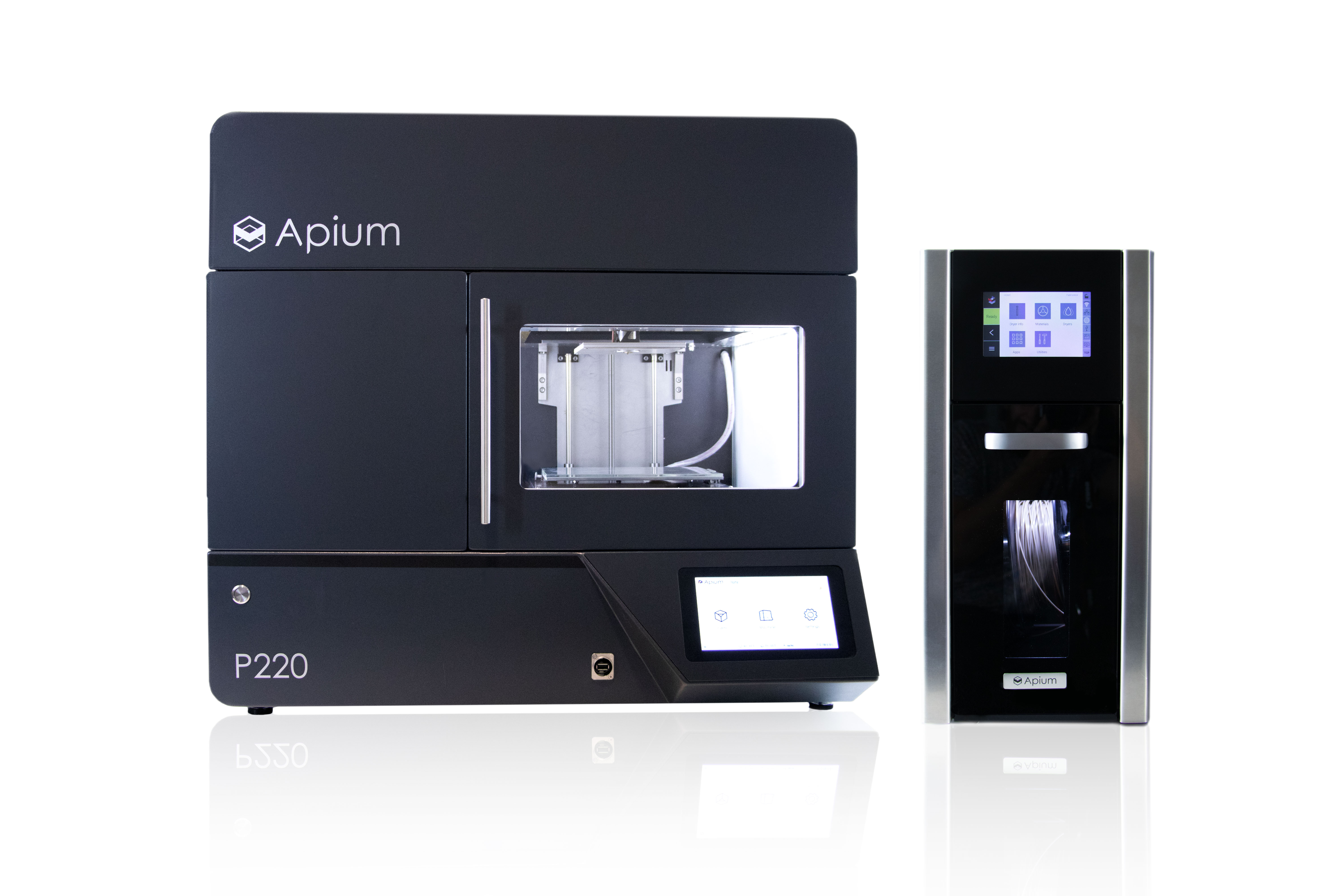Apium launches new material – Welcome Polypropylene (PP) in 3D Printing
To leverage on innovation, industries rely on materials and processing technologies. At Apium we recognize this task thus have meticulously kept working on our advanced Material Extrusion (FFF) 3D printing technology to ensure that industries can innovate. With the launch of our first-in-the- market PEEK filament in 2015 and other high performance polymeric materials afterwards, we have demonstrated within the Additive Manufacturing (AM) industry the possibility of driving innovation faster, creating new engineering parts quicker and minimizing the cost of innovation using our Apium technology. Our expertise in materials science and mechanical engineering provides proven processing experience of materials down to the Voxel level using Apium technology. Apium’s 3D Printing technology allows end-users cleverly manipulate the processing of amorphous, semi-crystalline and highly crystalline materials in a straight forward manner without the sometimes necessity for post-processing annealing.
Polypropylene is the new material addition to Apium’s portfolio, securing a key technical position amongst the other semi-crystalline materials at Apium namely PEEK, Carbon Fiber Reinforced PEEK, POM-C and PVDF.

Material Extrusion 3D Printing with Polypropylene (PP)
Polypropylene (PP) is a linear hydrocarbon thermoplastic polymer, created from the polymerization of propylene monomers. Its melting range extends from 130°C to 171°C. In terms of industrial production, PP is the next most widely used commodity polymer following polyethylene. According to the consumer research group Markets-and-Markets the polypropylene market is estimated at USD 75.40 Billion in 2017. With a CAGR of 5.6% it is projected to reach USD 99.17 Billion by 20221.
PP is one of the most versatile polymers with a wide variety of applications.
Some its noteworthy properties are:
- very good chemical resistance, which makes it a good choice for container of liquids such as cleaning agents.
- good fatigue resistance and retains its shape after a lot of bending, torsion or flexing. PP´s fatigue resistance property is very valuable for applications such as living hinges.
- very high resistance to electricity which makes it a suitable material for electronic components.
The addition of PP to Apium’s material portfolio with a well defined printing profile on the Apium P-series machine now makes it possible for users of this material to extend their manufacturing power so as to fully reap the wide applications benefit of PP. Apium will be providing the unhindered technical support needed to assist users of PP realize their manufacturing goals especially resource cost and time to market reductions, for your spare- and custom parts.
Visit Apium at Formnext 2018 (Booth 3.1-C70) to learn more about new materials and how to achieve success with Additive Manufacturing of Advanced Materials.
1 https://www.marketsandmarkets.com/Market-Reports/polypropylene-market-64103589.html




